Difficulties in exporting to China caused durian to drop from the leading position to third place, with a lower turnover than dragon fruit and banana.
Durian, which used to be the top fruit and vegetable export, is facing many challenges. Recently released detailed customs data shows that in the first two months of 2025, the export value of this fruit only reached nearly 52.7 million USD, down 69% compared to the same period last year. Notably, the export value from the largest market, China, decreased by 83%, to only 27 million USD, causing durian to fall to third place after dragon fruit and banana.
In that bleak picture, some bright spots still appeared. Exports of this product to Hong Kong and Taiwan skyrocketed, increasing 31 times and 74 times, reaching 3.7 and 1.34 million USD, respectively. These are the third and fourth largest markets after China and Thailand. The US also recorded a slight increase, reaching nearly 1.2 million USD, up 8.3% over the same period, holding the fifth position in the list of markets importing durian from Vietnam.
Compared to other types, this fruit is being left behind. While durian reached a turnover of 52.7 million USD, dragon fruit took the lead with 93.8 million USD, banana ranked second with 71.6 million USD.
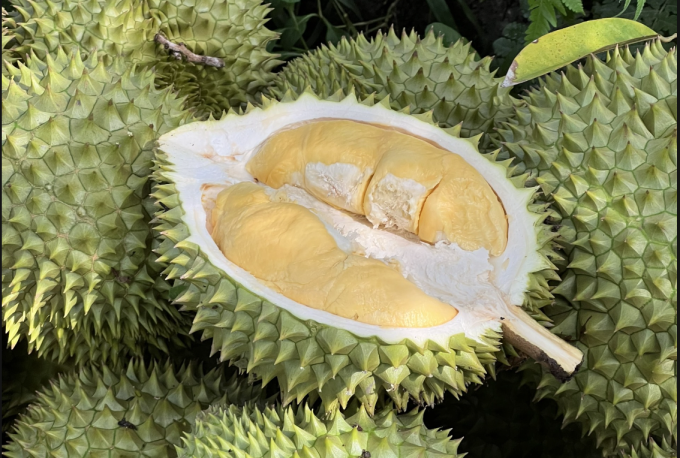
According to Mr. Dang Phuc Nguyen, General Secretary of the Vietnam Fruit and Vegetable Association, the main reason for the sharp decline in this fruit is due to strict control regulations from China and other export markets. China tightened inspections of the content of yellow O compounds - a substance that can cause cancer - causing many shipments to be stuck, forcing businesses to resell domestically at low prices.
The US also increased control, banned seven types of active ingredients in pesticides and required growing area codes and packaging codes issued by the US Department of Agriculture. The EU increased the rate of pesticide residue testing from 10% to 20%, putting more pressure on Vietnamese fruit exports.
In the country, many gardeners are confused about controlling cadmium, while packaging warehouses are having difficulty with post-harvest preservation. The durian market is highly fragmented. Orchards that are cultivated systematically and meet food safety standards can sell at high prices, while small, experimental gardens can only sell at very low prices. Although purchasing warehouses are offering quite good prices, the percentage of products that meet the standards to enjoy this price is very small.
A survey on April 7 showed that the purchase price of Ri6 durian type A at warehouses fluctuated around 75,000 VND per kg, while type C and D goods were only 35,000 - 40,000 VND per kg.
Mr. Manh Khuong, a major buyer in the West, said he only imports goods from gardens with long-standing relationships and guaranteed farming techniques. The Korean and Japanese markets still maintain stable purchasing power, while China still has many barriers. Currently, most of the goods he purchases are still supplied to the domestic market, so prices are quite stable, without major fluctuations.
However, businesses expect that when frozen shipments are exported more strongly to China, the market will have many positive changes. Especially in the main season from June to October, export output can explode and this fruit has the opportunity to return to the leading position in the fruit export industry.
Previously, the first batch of frozen durian from Vietnam was exported to China on March 24. This batch weighed 24 tons, carried out by Nam Do Agricultural Products Joint Stock Company, departing from a factory in Krong Pac district, Dak Lak province. Previously, on August 19, 2024, the Ministry of Agriculture and Environment and the General Administration of Customs of China signed a protocol on the export of frozen durian, paving the way for the official export of this product.
Source


![[Photo] General Secretary To Lam and international leaders attend the parade celebrating the 80th anniversary of the victory over fascism in Russia](https://vphoto.vietnam.vn/thumb/1200x675/vietnam/resource/IMAGE/2025/5/9/4ec77ed7629a45c79d6e8aa952f20dd3)
![[Photo] Magical moment of double five-colored clouds on Ba Den mountain on the day of the Buddha's relic procession](https://vphoto.vietnam.vn/thumb/1200x675/vietnam/resource/IMAGE/2025/5/9/7a710556965c413397f9e38ac9708d2f)

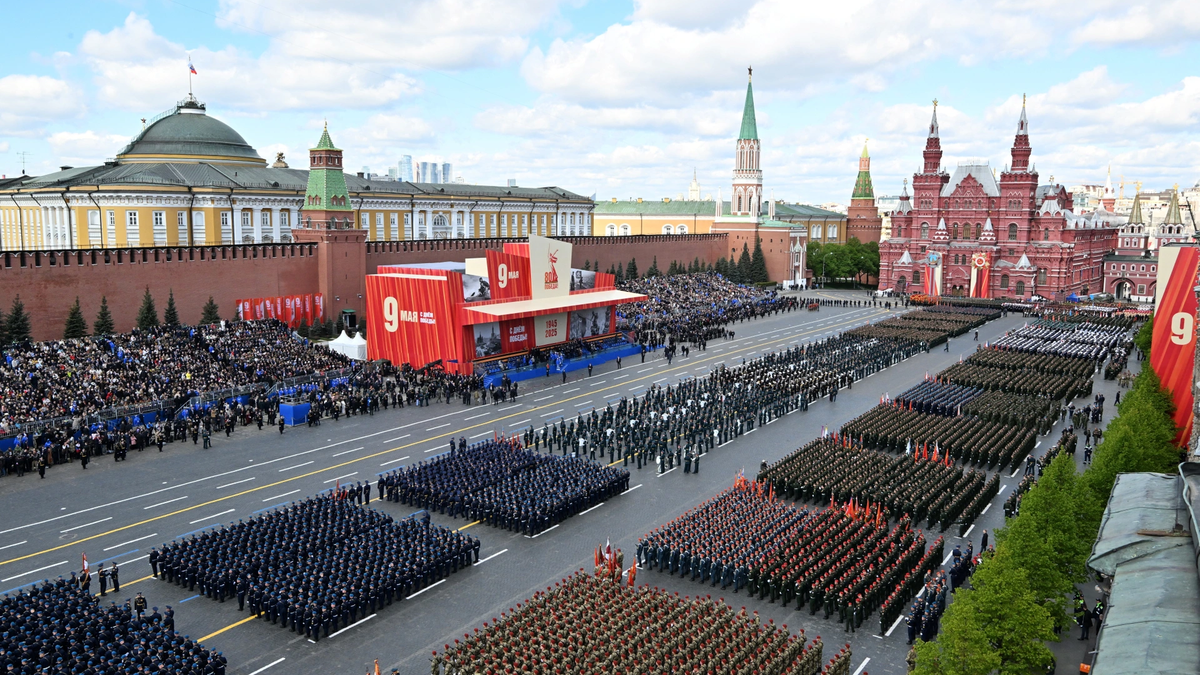
![[Photo] Russian military power on display at parade celebrating 80 years of victory over fascism](https://vphoto.vietnam.vn/thumb/1200x675/vietnam/resource/IMAGE/2025/5/9/ce054c3a71b74b1da3be310973aebcfd)
![[Photo] Prime Minister Pham Minh Chinh chairs a special Government meeting on the arrangement of administrative units at all levels.](https://vphoto.vietnam.vn/thumb/1200x675/vietnam/resource/IMAGE/2025/5/9/6a22e6a997424870abfb39817bb9bb6c)
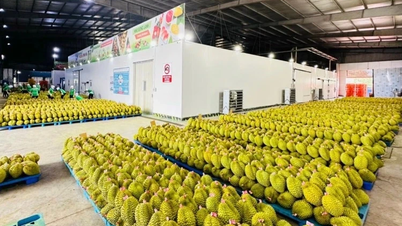
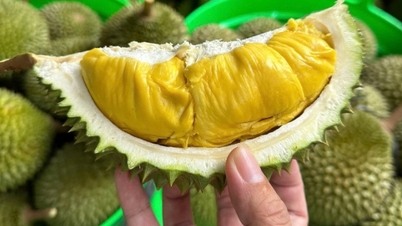
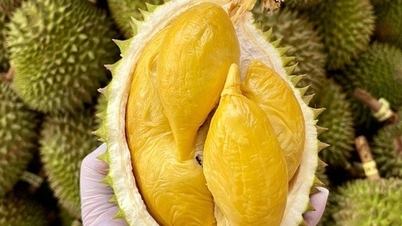




















































































Comment (0)